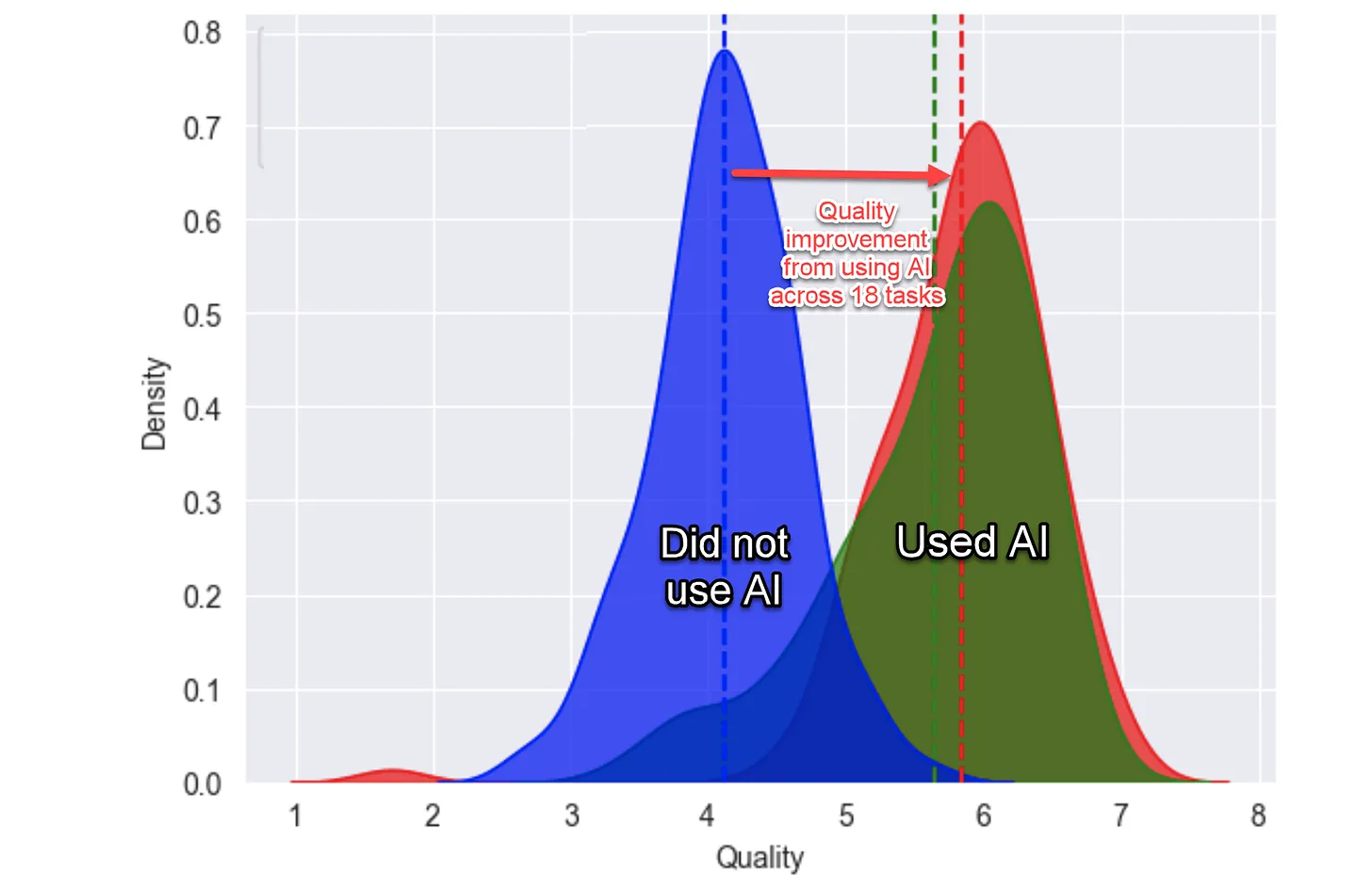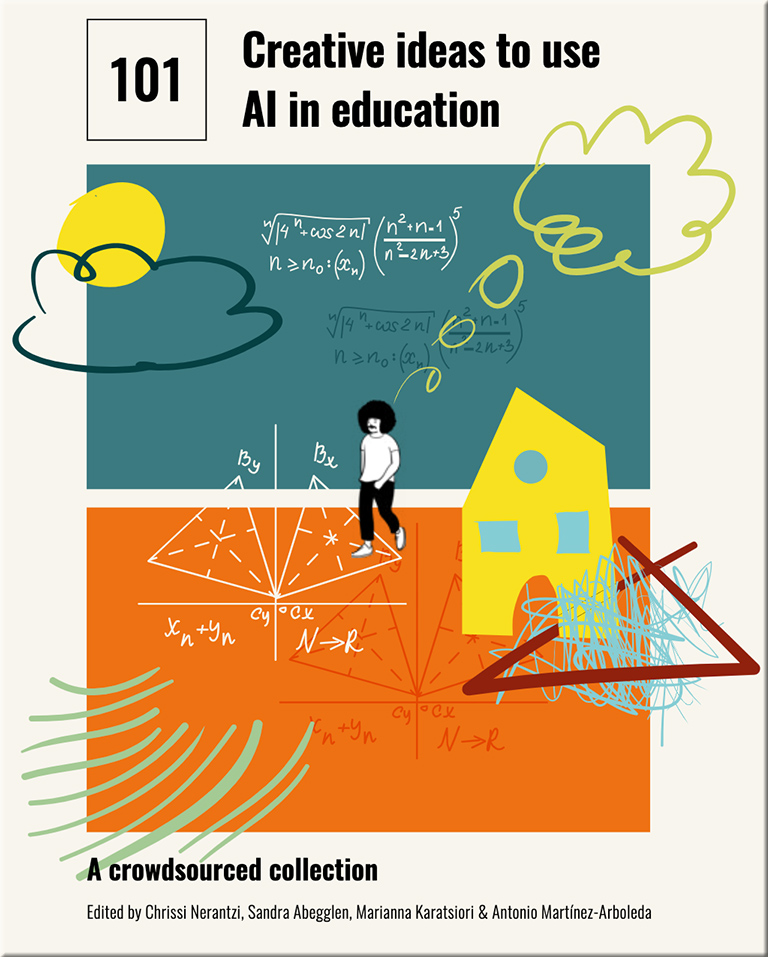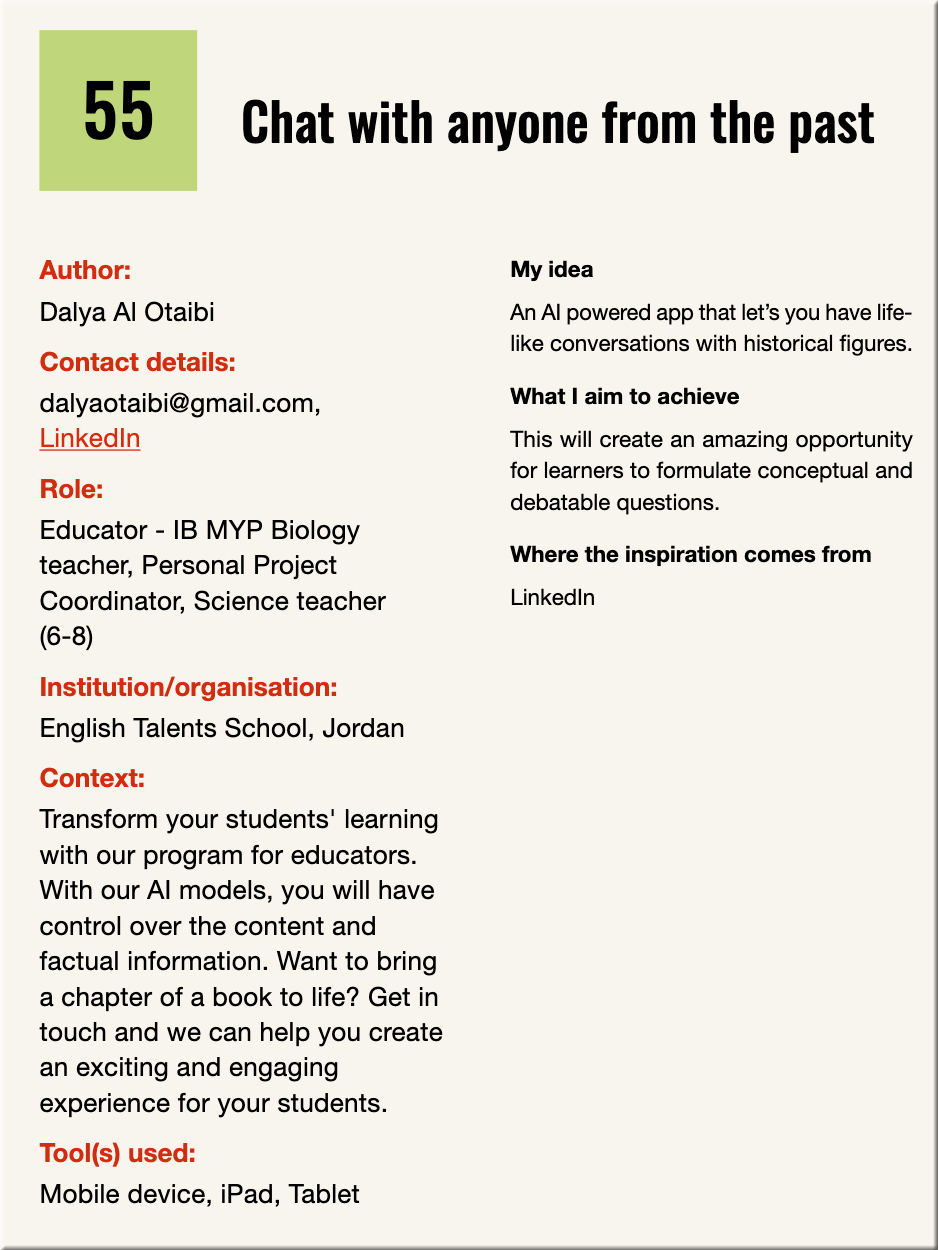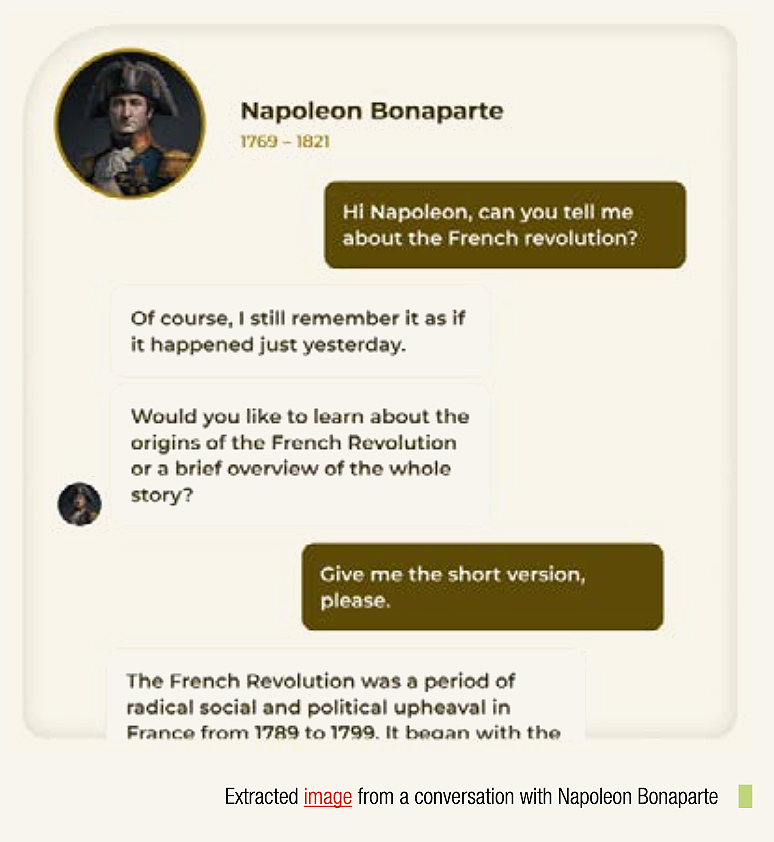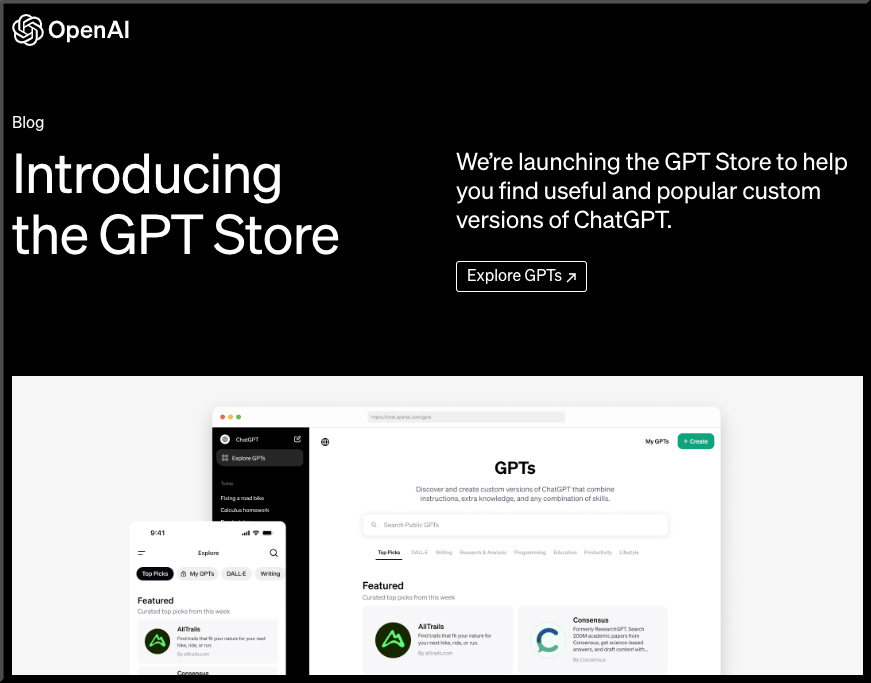
Introducing the GPT Store — from OpenAI
We’re launching the GPT Store to help you find useful and popular custom versions of ChatGPT.
It’s been two months since we announced GPTs, and users have already created over 3 million custom versions of ChatGPT. Many builders have shared their GPTs for others to use. Today, we’re starting to roll out the GPT Store to ChatGPT Plus, Team and Enterprise users so you can find useful and popular GPTs. Visit chat.openai.com/gpts to explore.
Introducing ChatGPT Team — from openai.com
We’re launching a new ChatGPT plan for teams of all sizes, which provides a secure, collaborative workspace to get the most out of ChatGPT at work.
ChatGPT Team offers access to our advanced models like GPT-4 and DALL·E 3, and tools like Advanced Data Analysis. It additionally includes a dedicated collaborative workspace for your team and admin tools for team management. As with ChatGPT Enterprise, you own and control your business data—we do not train on your business data or conversations, and our models don’t learn from your usage. More details on our data privacy practices can be found on our privacy page and Trust Portal.
GPT Store — from theneurondaily.com by Noah Edelman & Pete Huang
The App Store for ChatGPTs is here.
OpenAI finally launched its GPT Store—a hub offering access to over 3 million GPTs, for paid users (#sorrynotsorry).
If you missed pt. 1, pt. 2, and pt. 3 of our GPTs analysis, here’s the TLDR: GPTs are customized versions of ChatGPT pre-loaded with prompts or context, each designed to be good at specific tasks.
There’s a GPT for everything, like one for lesson plans, one that crunches numbers, and one that recommends books you’ll buy but never read.
The GPT Store is a game-changer.
OpenAI Just Released The GPT Store. Here’s How To Use It And Make Money With Your GPT — from artificialcorner.com by The Pycoach
Learn how to publish your GPT to the store and monetize it.
How to stand out on the GPT Store
The low barrier to entry for making GPTs will make earning money on the GPT store difficult. Not everyone will make tons of money off their GPT, but I think those with more chances of success will:
- Use custom actions: This is a feature that allows your GPT to connect to an API. Connecting to APIs gives your GPT new functionalities that others won’t be able to replicate unless they have access to the API (here you can see my tutorial on how to add custom action to your GPT)
- Use knowledge: Knowledge is a feature that allows you to add files to your GPT. Adding exclusive information could enrich your GPT and help it stand out from the pack. Just remember that files can be downloaded when the code interpreter is enabled.
OpenAI releases the app store of AI — from superhuman.ai by Zain Kahn
App stores are ginormous businesses. According to CNBC’s estimates, Apple’s App Store grossed north of $70 Billion in 2022. That’s more revenue than Spotify, Shopify and Airbnb generated in the same year — combined.
When you look at the size of the opportunity that app stores built on top of popular platforms unlock, OpenAI’s latest move to launch a GPT Store is another bold bet by the startup that’s already leading the LLM and chatbot markets with GPT-4 and ChatGPT.
Announced [on 1/10/24], the GPT Store is a place for ChatGPT users to find custom versions of the chatbot that are designed for specific use cases.











